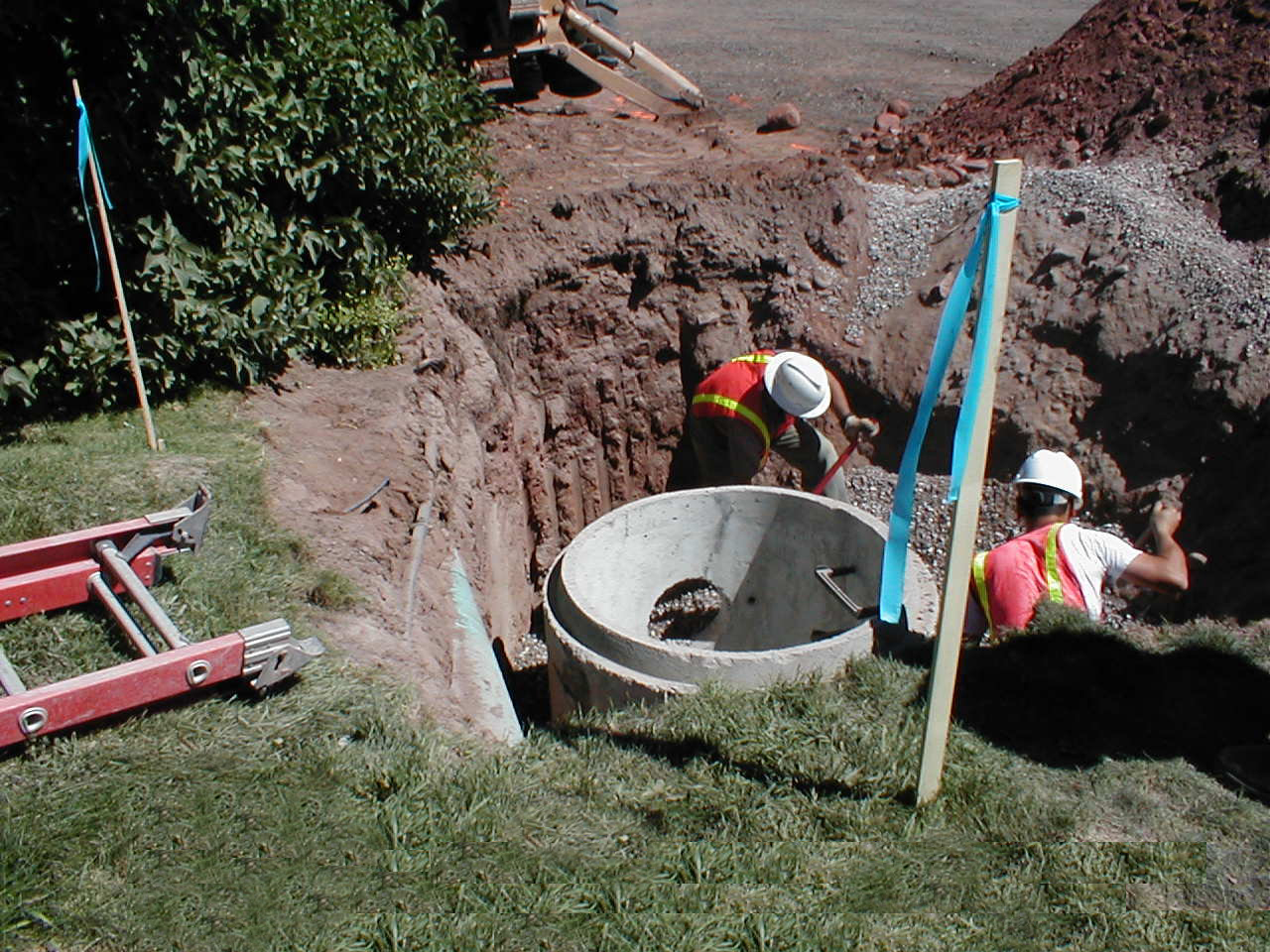
Civil Engineering
- Municipal Infrastructure Design
- Land Development Services
- Construction Management & Observation
- Road Design & Traffic Analysis
- Water Supply, Distribution & Treatment
- Wastewater Collection & Treatment
- Storm Water Drainage & Flood Control
- Site Grading
- Revegetation & Erosion Control
- Land Use Constraint Mapping
- Dams & Reservoirs
- Groundwater
- Irrigation Systems
- Solid Waste & Environmental Services
Surveying
- Aerial Mapping Control
- ALTA/ASCM Survey
- As-Built Survey
- Construction Surveying
- Easement & Right-of-Way Survey
- Improvement Location Certificate
- Mining Survey
- Monument Establishment, Restoration & Rehabilitation
- Property Boundary Survey
- Property Improvement Survey
- Subdivision Surveying
- Topographic Survey
What Is An Easement:

A developer or property owner may have a need to locate easements and rights-of-way across or through their property from time to time. An easement is a restriction placed on the use of the property allowing another entity use of the property for certain purposes. Easements can be anything from a utility company constructing and maintaining utilities across the property to restricting building heights or maintaining view corridors. It's even possible to have a conservation easement owned by a conservation organization placed on the property limiting development to what's describe in the easement. A property owner still owns the land within the easement and is responsible for paying the necessary taxes.
What Is A Right-of-Way:
A right-of-way is land owned by a municipality or company for the transporation of goods or people. According to Colorado State Law and accepted engineering and surveying practices, all parcels of property must have an ability to access common rights-of-way. Our streets, roads, highways, railroads, and navigable waterways are all located within a right-of-way, and the municipality or company has the right to maintain these rights-of-way as long as reasonable access is provided to the adjacent property owners.
Why should I worry about the location of a right-of-way or easement on my property?
Easements function as a restriction on you property rights limiting your use of the property. When a subdivision is platted, the developer, engineer, and government representative come to an agreement on the width and location of any right-of-ways or easements within the proposed subdivision. They try to locate these right-of-ways and easements so that the city or utility company can improve or expand their road or utility the network in future without having to negotiate the purchase or condemnation of additional land. By knowing where the easements on your property are located, you can avoid building expensive structures within the easement. The right-of-way also functions as a part of your property boundary. You cannot legally construct outside of your property boundaries unless you own an easement on the adjoining property. An example of such an easement is an access easement that allows you to construct a driveway from your property, across another individual's property, to a road located in a right-of-way. A conservation easement can severely restrict your right to develop or build on a portion of your property.
Consulting Engineers & Land Surveyors
113 Ninth Street, Suite 214
Last Modification: April 20 2005